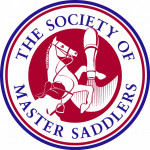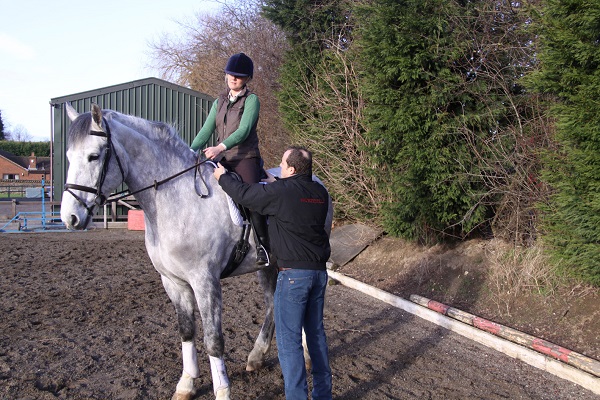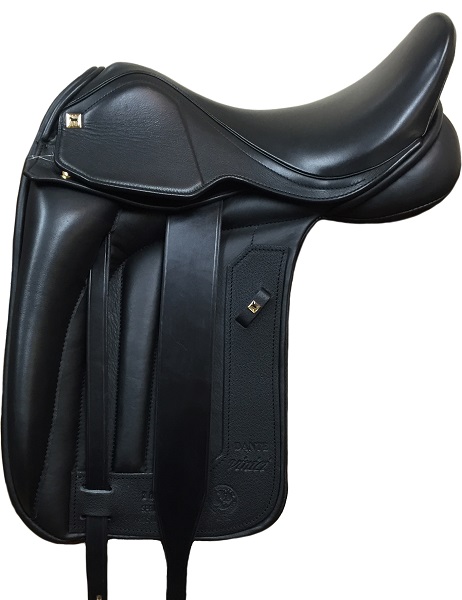Posted: 3rd June 2019 | Back to news feed

In the world of dressage riders need to feel close to the horse helping to keep them in a rhythmic balance as they glide around the arena.
When looking for a new dressage saddle, fit for the horse is crucial and everything that can help the rider to achieve the correct balance and elegant position should also be considered.
Another key essential is that the saddle should be fitted by a Society of Master Saddlers’ Qualified Saddle Fitter to ensure the fit is perfect and the horse is truly comfortable and can perform at its best whether training at home or out competing at the highest level.

The bespoke, luxury dressage saddle will be designed and made to exacting standards following consultation with your Qualified Saddle Fitter and after discussions about your individual requirements and what helps you to ride at your best.
All riders have their own needs, likes and dislikes and through the process you will be able to decide on personal choice to give you the bespoke saddle you are looking for and what is best for your horse’s requirements as well.
It is important that the dressage saddle fits horse and rider perfectly. If the saddle rolls to one side or pinches the horse’s back, the horse will never be able to work or move well, however skilled his training.
If the saddle is uncomfortable, there are times when a horse will simply stop working altogether and in the long run a saddle that does not fit will lead to soreness and injury.
A dressage saddle is designed with a long and straight saddle flap, which mirrors the leg of the dressage rider. They also have a deep seat and knee blocks that are usually pronounced. This helps prevent the riders’ leg from coming too far forward.

The dressage saddle has been designed with a longer stirrup as well as longer and straighter saddle flaps. It has a higher cantle and pommel to help encourage the rider to have a deeper seat.
A dressage saddle is designed to allow the very best communication with the horse by placing the rider in the centre of gravity, providing a sufficiently deep seat to feel secure but still be able to absorb the horse's movement and by placing their leg long and relaxed to enable the appliance of a minimum of aids.
The dressage saddle should encourage a good position without being restrictive. On a dressage saddle the stirrup bars are set further back to encourage a longer, straighter leg position.
Most dressage saddles have long girth straps and a short girth; this allows the rider to maintain closer contact with their legs and give clear but minimal signals.
The stuffing of the panels of a dressage saddle is often kept to a minimum to allow a closer feel to the horse.
When fitting a dressage saddle they are often easier to fit than jumping or general purpose saddles due to the panel and flaps generally sitting behind the shoulder and not impeding the movement.
To find out more information on The Society of Master Saddlers and to find your nearest Registered Qualified Saddle Fitter visit www.mastersaddlers.co.uk or contact on 01449 711642.
The Equestrian Index newsfeed is compiled from articles submitted by advertising members and expresses the opinions of those members. Watsons Directories Ltd shall not be held liable for any inaccuracies or mis-statements therein.